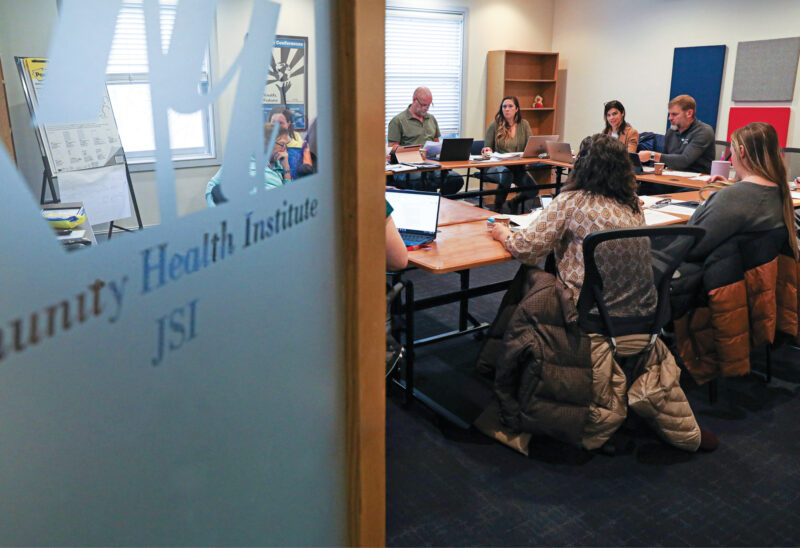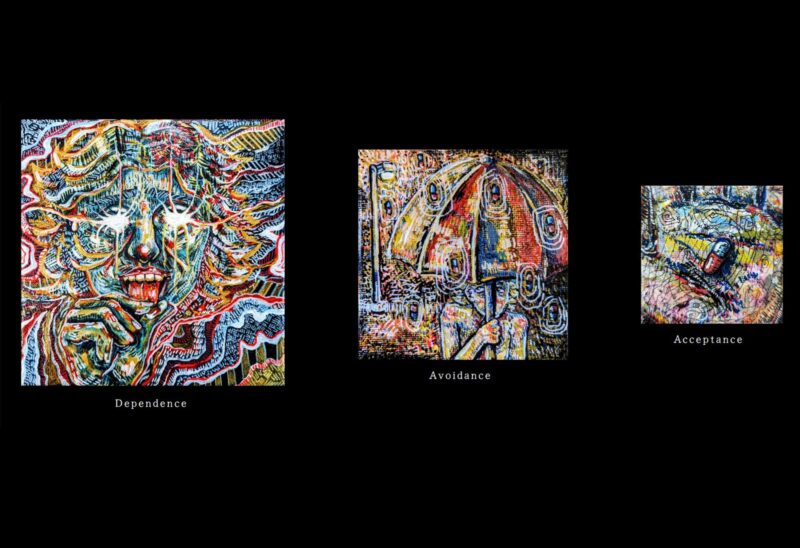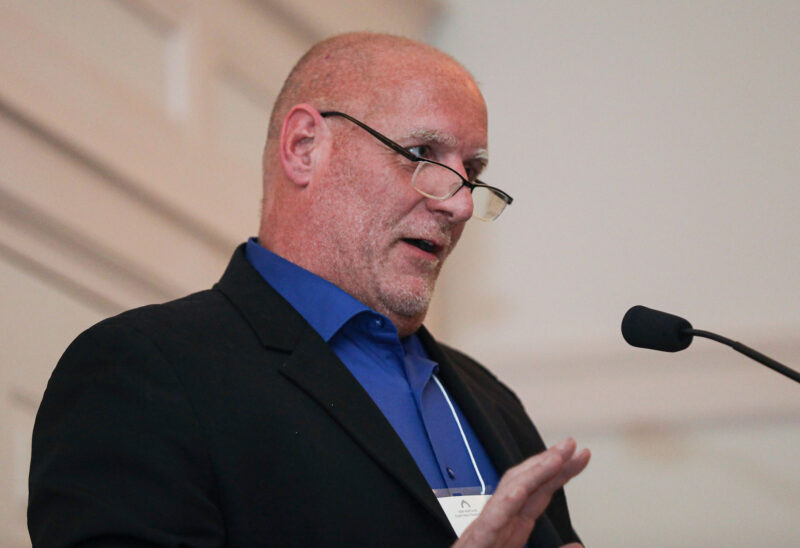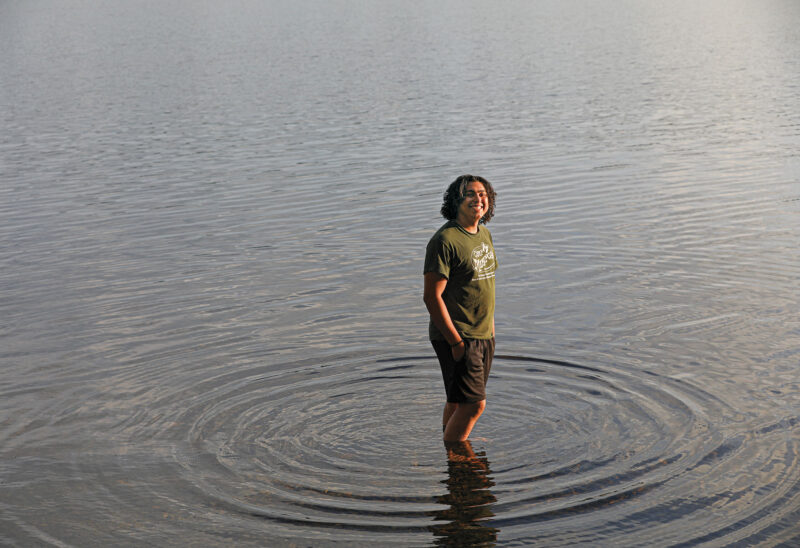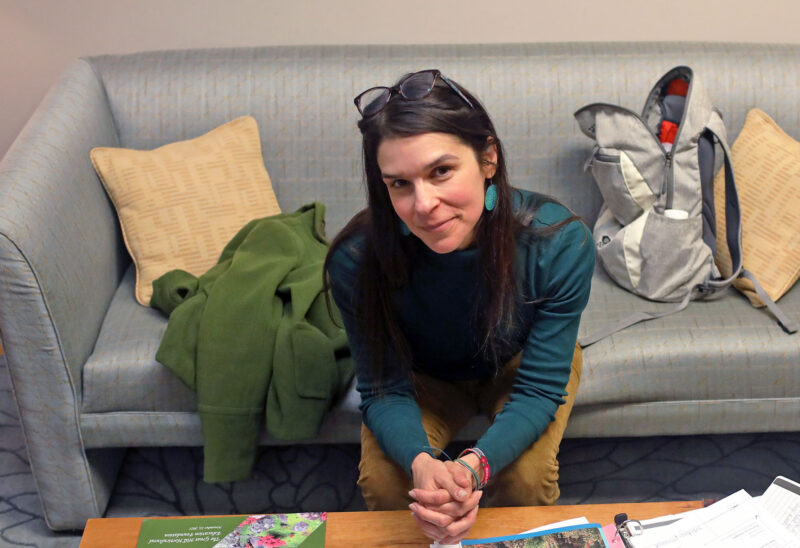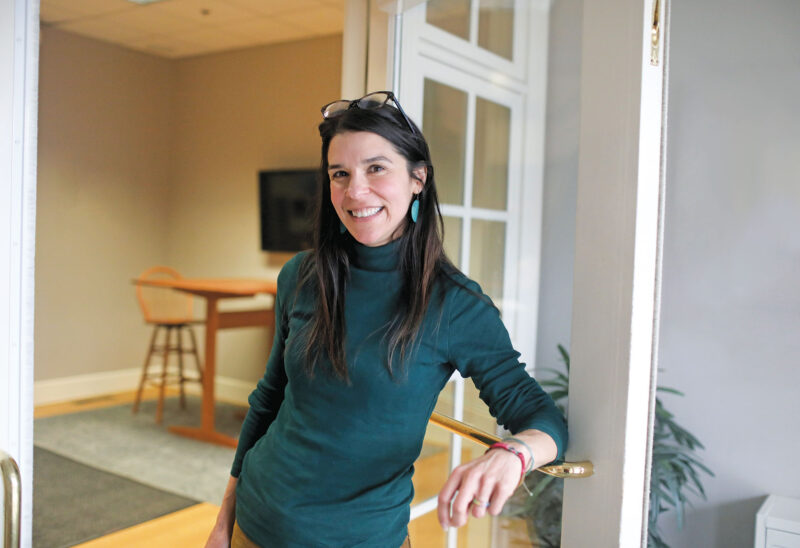It was probably the 100th community conversation I’d done since 2014, when the current opiate epidemic reared its monstrous head in communities across the state. This time the audience was not a group of terrified parents, legislators or community advocates — but 200 students from Project SEARCH, a leadership program for gifted and talented high school students from eastern New Hampshire and Maine which meets at the University of New Hampshire regularly throughout the school year.
I’ve done enough of these conversations to know how it goes, regardless of audience: The speakers — this time myself, a local police chief and a treatment provider — share statistics, signs and symptoms, what is being done to address substance use in our state. There are the usual questions: why is this happening? Is it true that marijuana is addictive (answer: yes)? How do I get involved?
After the basics, however, the conversation turned personal. One young woman asks if it’s her fault her friend is an addict, as that’s what the friend told her (answer: no). Then, like a shot, the hand of a young man leaps into the air. I call on him.
“I want to know how I can help a friend who’s addicted to heroin.”
If anyone in the room was distracted or bored, that changed in that moment. The room went silent, all eyes on the panel, members of which responded in turn.
The treatment provider talked about treatment options.
The police chief talked about being there to support, being a good friend.
I jumped in. “Let me first say that I assume you are not speaking in the abstract, so – I am sorry. Take care of yourself. You can’t help others if you don’t.”
We moved on to other questions from students, but I could tell the young man had more to ask, more to say. At the end of the presentations, while we mingled with students on their way to their discussion groups, he approached me, a young woman at his side.
After a brief smile in greeting, he turned serious again. “I want to know — who could convince someone to get into treatment, if I couldn’t?”
“Well,” I said, “That’s a tough one. What you want to do is see if they’d be willing to talk to a counselor — maybe a school counselor. At least be willing to have one conversation…”
He stopped me with a deep breath, then blurted out what was really in his heart: “Well, my friend died last year. I need to know what I could have done.”
Silence. Then tears. His — and a few of mine. I leaned in closer. “I’m so sorry. You did what you could. Never blame yourself. This is a nasty disease — the harsh reality is that people need to find within them a desire to seek recovery. Sometimes that never happens, and that’s hard. You can’t look back, you can’t question. You loved them, and that’s what matters. What you can do is keep talking about it. Share the story to help others.”
I could tell that he, and his friend, were working hard to maintain their composure. He mustered enough stoic strength for a sincere “thank you.”
As we broke away from the moment, I asked the favor I ask of anyone I meet who has lost someone to this epidemic: “Can you tell me their name?”
He did.
I thanked him, and they disappeared out of the lecture hall to rejoin their class.
As I walked to my car, I thought of the names I have learned. Some I keep close, others I share as I tell the story of this epidemic’s victims: Amber. Ashley. Mike. Courtney. Molly. And on, and on, and on — so many names that, by the time I reached my car, I could no longer control my own emotional reaction to the weight of it all.
I sat in my car for 15 minutes, thinking of those we have lost — individuals who were loved and cared for by family and friends. The grief and helplessness I hear in the voices of families, caregivers, providers and communities who fear there is no end in sight. And in that moment, I shared that grief and fear.
And yet — I see in my mind the solutions that are not just theories, but already in practice across New Hampshire. Families of those we’ve lost who, like this young man, bravely raise their voices to demand change. Those who have found recovery and have had enough of watching their peers not be given the same opportunity, who are opening recovery centers and birthing a statewide recovery movement. Advocates, professionals and policy makers who are talking openly about the need for better prevention, treatment and recovery services in ways I never imagined would be possible.
And I thought about Oliver Hubbard, the quiet and courageous philanthropist who established the Foundation’s Substance Use Disorders Portfolio. He envisioned a state free of the scourge of addiction, and left his estate to ensure that we could collectively get there over time. His generosity gives the Foundation the ability to support those providers, advocates and policy makers. As the person charged with stewarding the portfolio, it’s what gives me the opportunity to sit in legislative hearings and speak on behalf of those names I carry. Or — as on that day in Durham — to stand in front of a group of tomorrow’s leaders, encouraging them to learn the lessons of today for a permanent solution tomorrow.
And so I do what this young man did — and what so many families, recovery advocates and allies are doing.
I wipe the tears from my eyes, start the engine, and drive.
Tym Rourke is director of substance use disorder grantmaking at the New Hampshire Charitable Foundation and chair of the Governor’s Commission on Alcohol and Drug Abuse, Prevention, Treatment and Recovery.

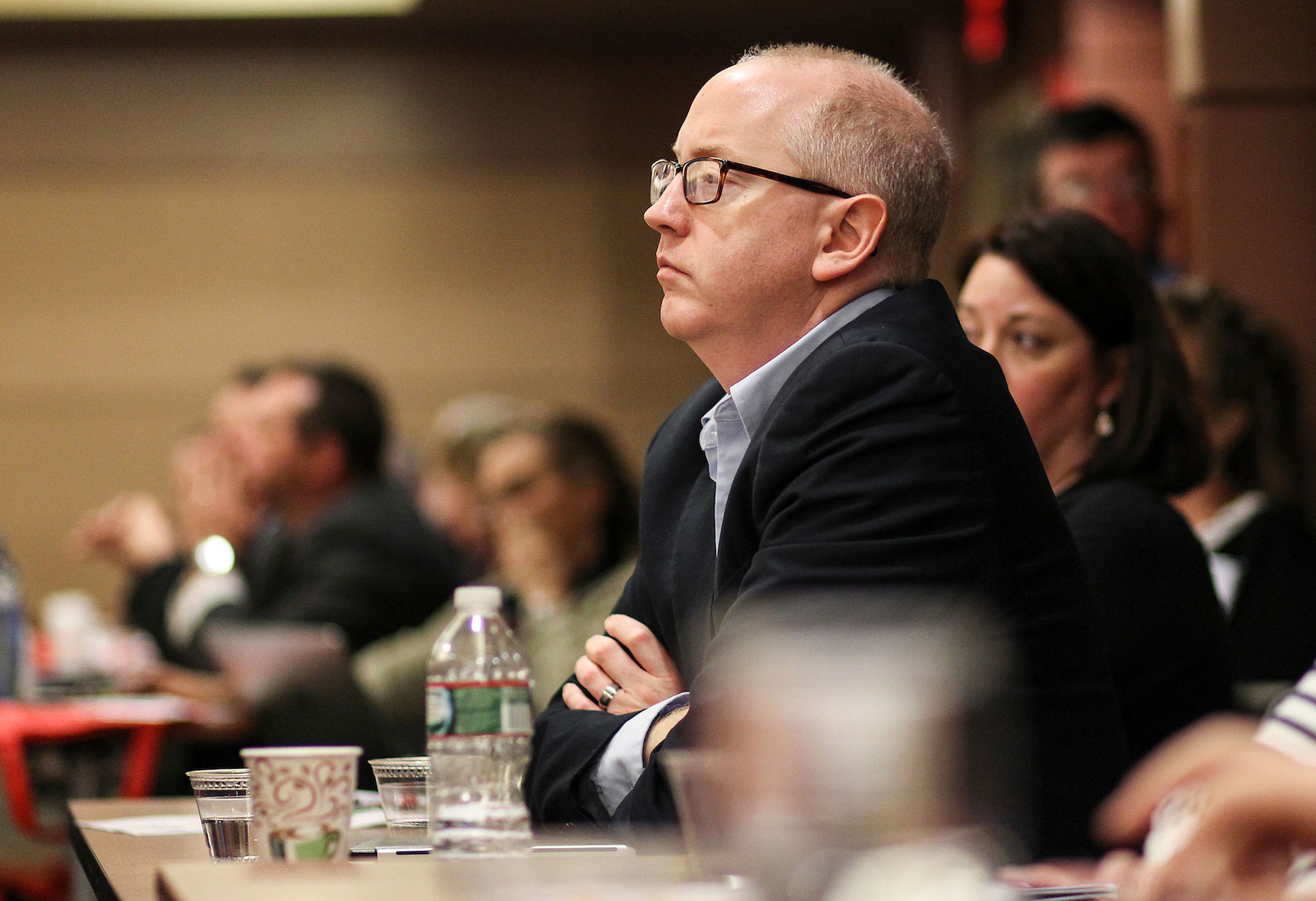






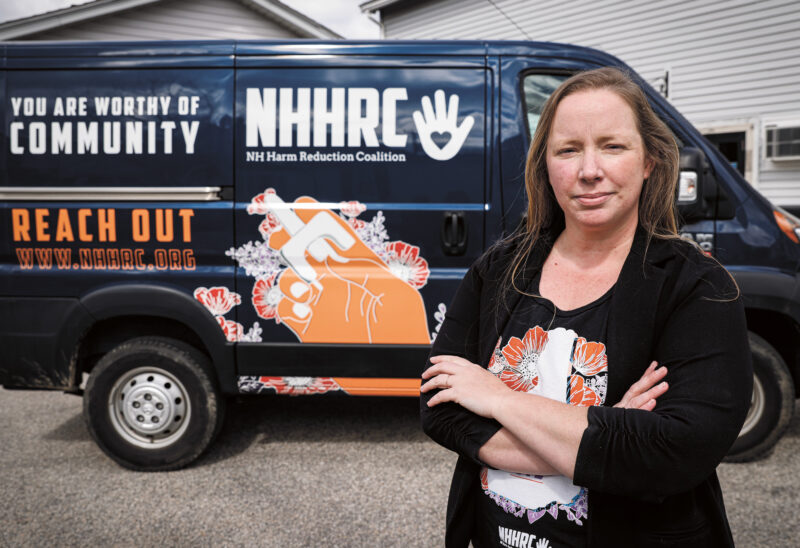
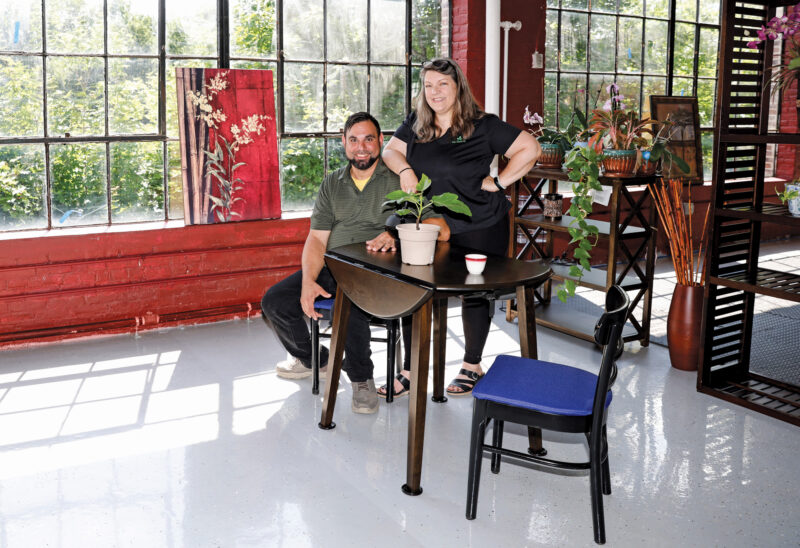
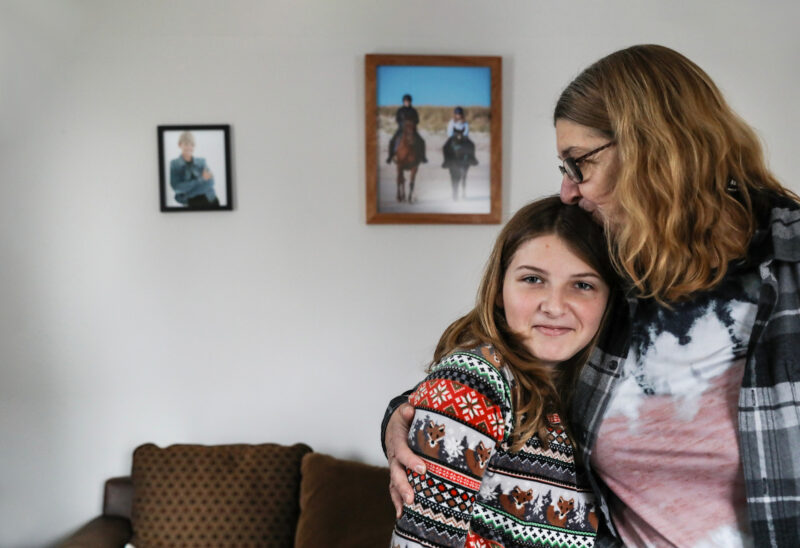
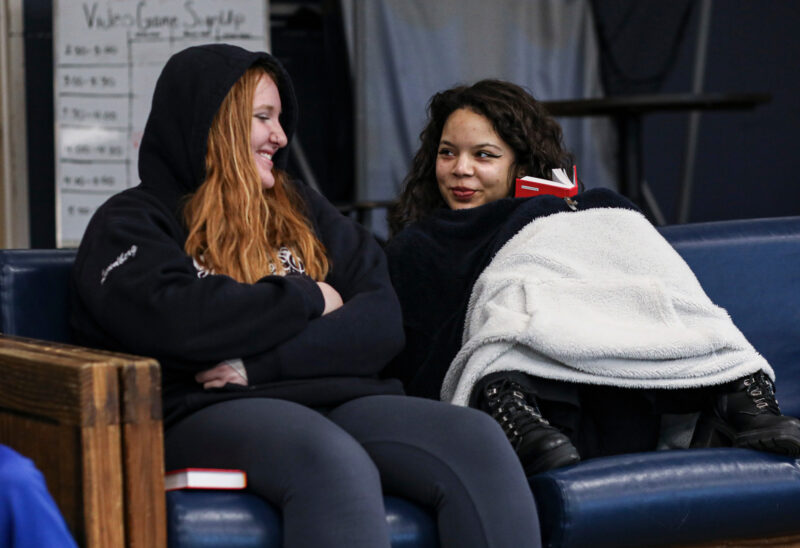
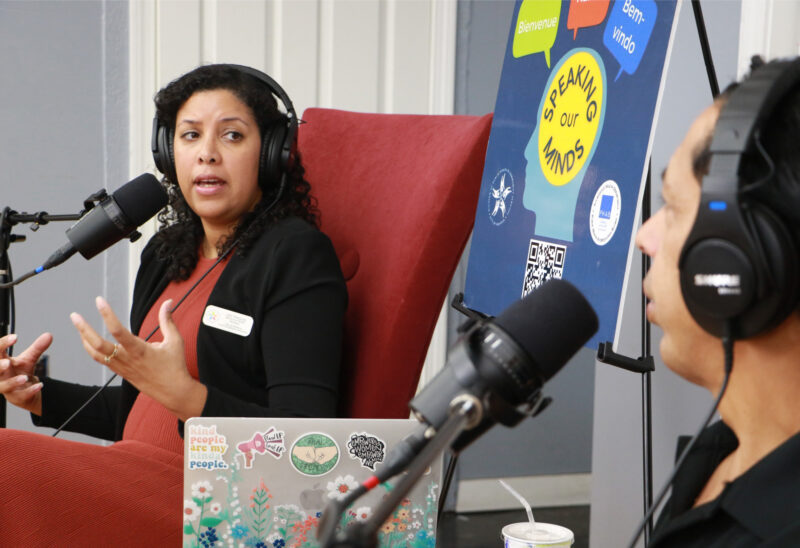
![Charitable Foundation President Dick Ober [Photo by Cheryl Senter]](https://www.nhcf.org/wp-content/uploads/2023/12/dick-ober-purpose-fall-winter-2023-800x548.jpg)
